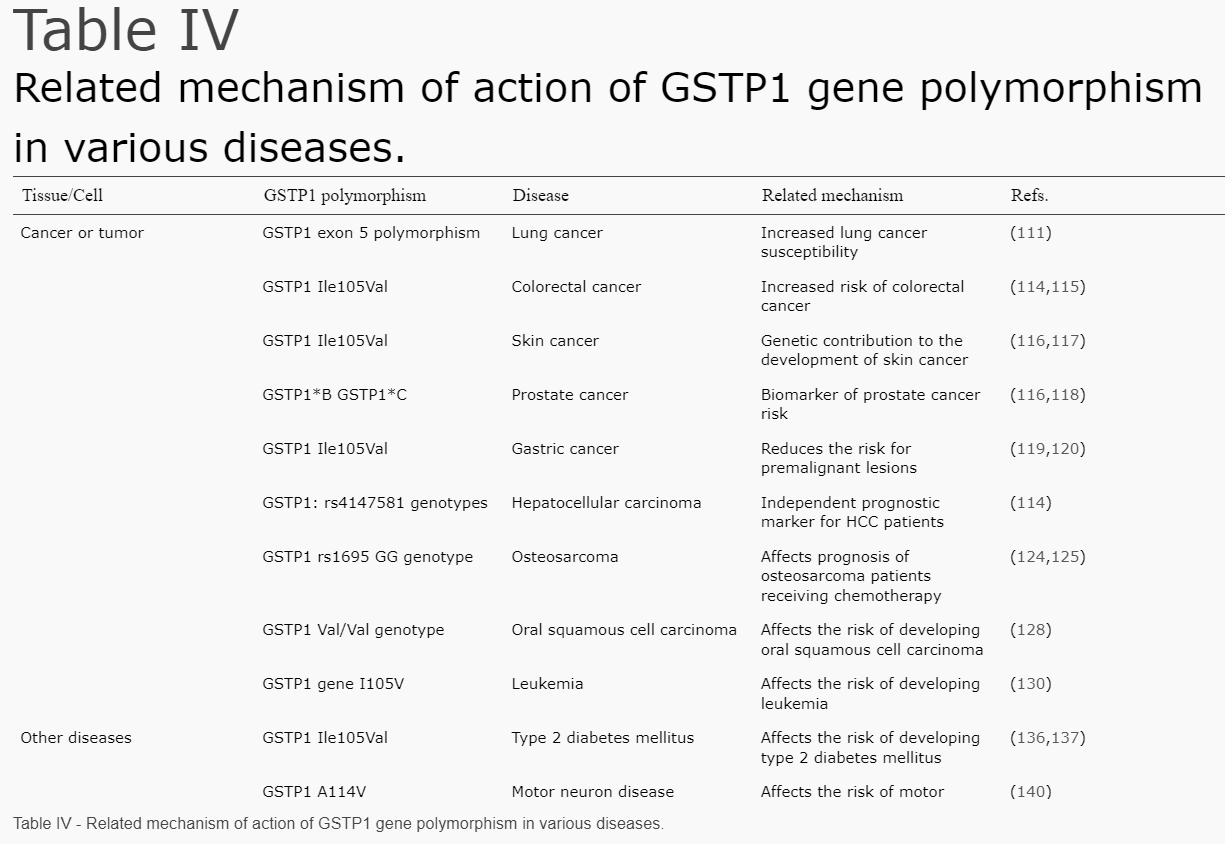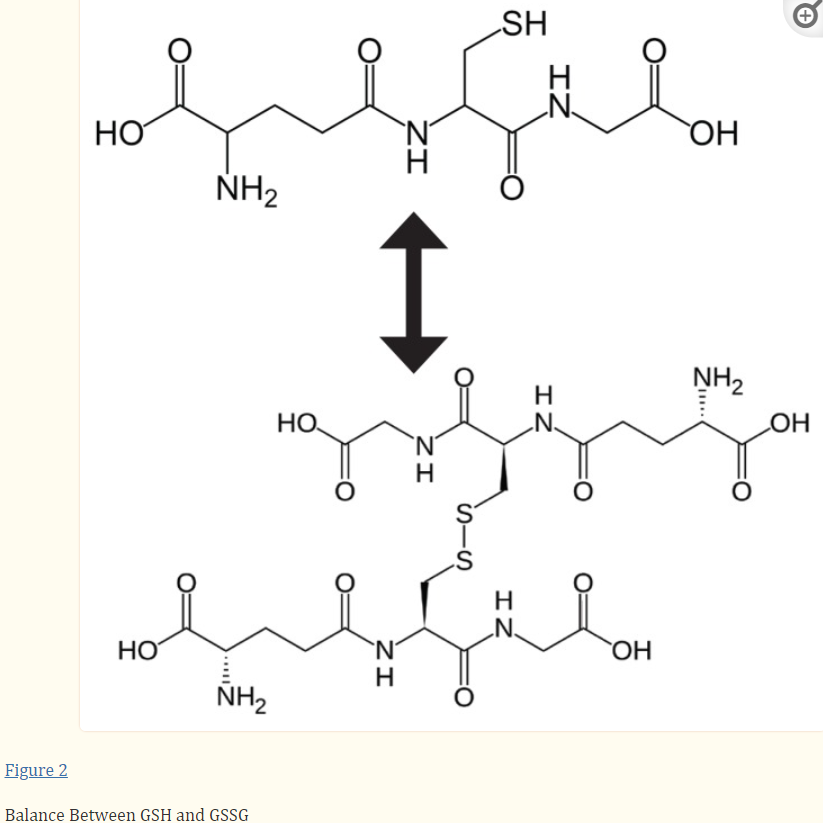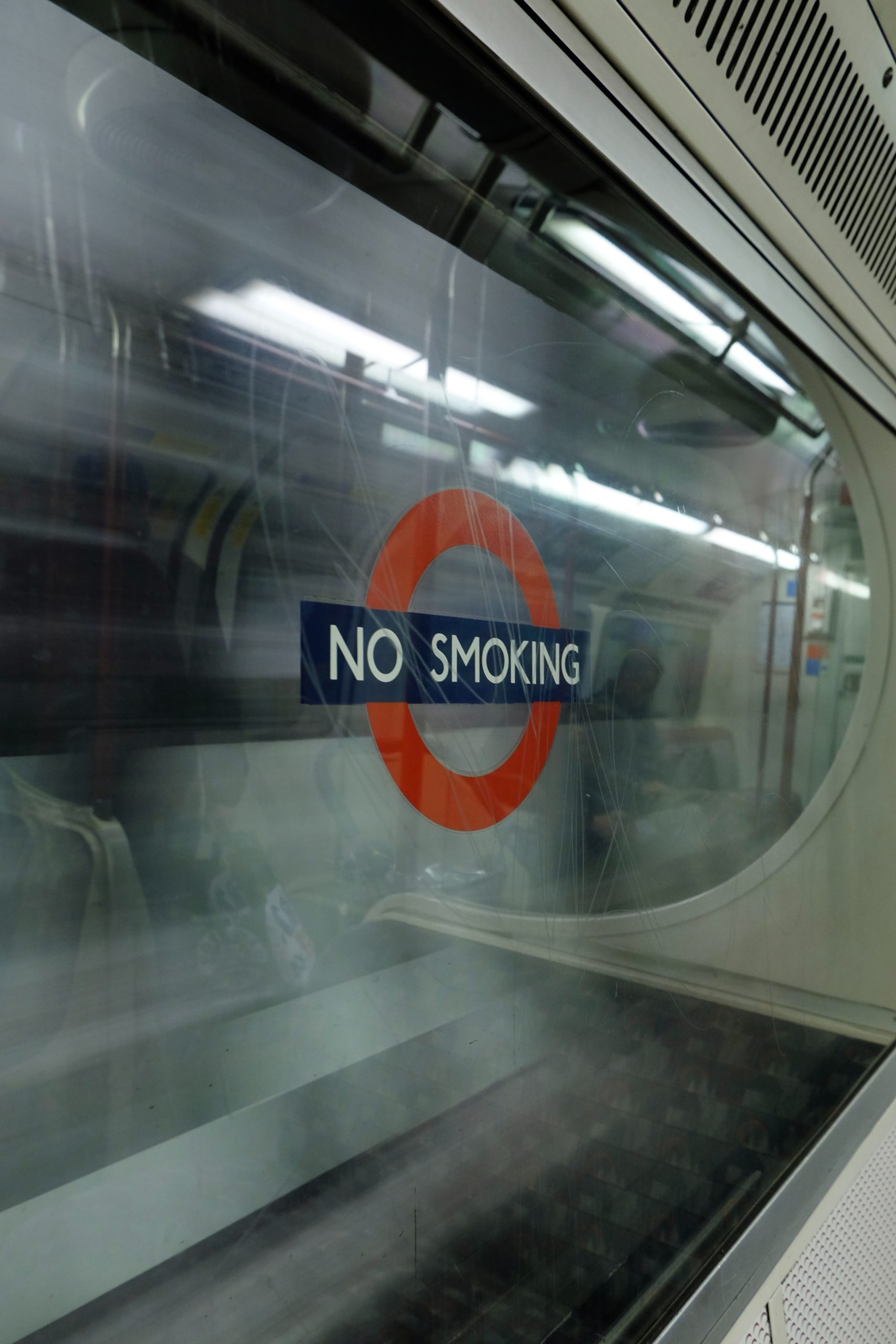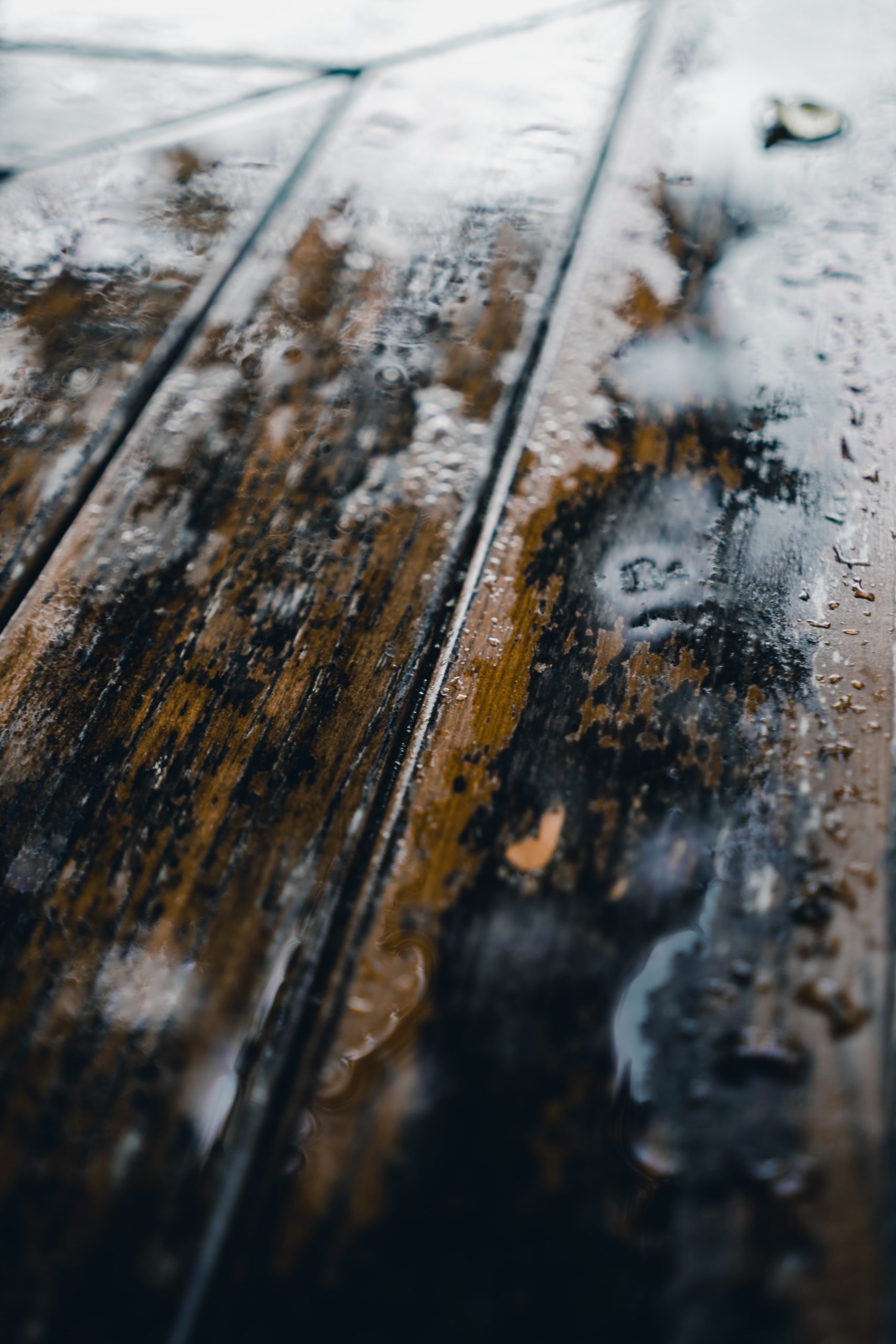More Enzymatic Cleaners to the Rescue!
More Enzymatic Cleaners to the Rescue!
If you read our article “Breaking down Mycotoxins and mVOCs with Enzymes and Non-Toxic Cleaners”, we described that certain enzymes can be used to break down mycotoxins, the toxic products of mold, which can otherwise be very hard to eliminate. Enzymatic cleaners specifically targeting mold and mycotoxins are few, but we wanted to let you know that all-purpose enzymatic cleaners work on stains, odors, and general cleaning duties all around the house!
First of all: What is an enzyme? Enzymes are proteins produced by living organisms that act as catalysts in chemical reactions. Enzymes can either build up or break down. For our purposes, cleaning enzymes facilitate breaking down microbes and their byproducts that cause sickness, stinkiness or stains.
Scientists have been exploring making artificial enzymes since the 1990’s, and many of these are mimicking enzymes found in nature. Here are the most common types of natural enzymes (from Simple Science: How in the World do Enzymes Clean?):
Proteases break down protein-based soils including blood, urine, food, feces, wine and other beverages.
Lipases break down fat molecules like oils and grease.
Amylases break down starch molecules like eggs, sugars, sauces, ice cream, gravy.
Cellulases are used to soften fabric and restore color to fibers made up of cellulose material. They also remove particulate soil and reduce fabric graying and pilling.
Enzymes were initially produced by extraction from glands of various animals; however, modern enzyme production is done through fermentation of various fungi and bacteria through the steps of fermentation, recovery, and standardization. (about Cleaning Products: Enzyme Science)
Enzymes and purely enzymatic cleaners are not “alive”. Bio-enzymatic cleaners, however, do combine enzymes with bacteria, which are “alive”. Examples are drain cleaners and some pet stain removers.
Enzymatic cleaners are marketed to pet owners (and even more so to cat owners) because cat urine can be especially concentrated (cats make the most of the little water they drink), and so once it’s deposited, the ammonia and hormones in the urine start to smell, and bacteria start breaking it down into urea. It’s an unmistakable fragrance, and enzymatic cleaners are regularly recommended by veterinarian and pet experts for pet accident cleanup (the ASPCA, mobile vet company The Vets, and professional veterinary site DVM360 are just a few examples).
Some of the benefits of enzymatic cleaners are:
They tend to be more powerful by working on more substrates (surfaces, conditions) in lower concentration than chemical cleaners. Therefore you use less, resulting in less packaging.
They work at moderate pH and temperature, allowing for milder detergents and less energy, like cold-water laundry detergents.
Enzymes are not mutagenic (causing changes in DNA) and not clastogenic (causing breaks in chromosomes). They are not reproductive or developmental toxins and have a low toxicity to aquatic systems.
Some of the cons of enzymatic cleaners are:
They can have storage time limitations before the enzymes become less active.
They can have storage temperature limitations.
They can take longer to work.
Some enzymatic cleaners (especially carpet cleaners as in this video) can leave an oily sticky residue if the cleaner is not washed away, which can attract soil/stain even more.
They can have inhalation dangers if the cleaner is in powder form, but many formulations are now in dust-free granules that avoid this danger.
They can be incompatible with other cleaners like bleach and chemical disinfectants, which can deactivate the enzymes.
So, here are some enzyme cleaners you might like to try:
For pet owners: Rocco & Roxie Stain & Odor Eliminator for Strong Odor - Enzyme Pet Odor Eliminator for Home has a LOT of fans for the way it quickly and thoroughly eliminates pet odors and stains (just read some of the comments/watch videos). Although their ingredients are a bit mysterious (Water, advanced biological blend, non-ionic surfactant, odor counteractant), the company says it is safe to use around pets and children, and certified safe for all carpets from the Carpet and Rug Institute (CRI). They also offer a 100% money-back guarantee if you’re not satisfied.
For anyone who cleans: TweetMint Enzyme Cleaner contains no volatile organic compounds (VOC) or synthetic chemicals. It's completely free of artificial colors & fragrances, preservatives, animal products or by-products and has not been tested on animals. Since it’s concentrated, a little (just ½ oz) will make ½ gallon of medium-strength concentrate, and the website publishes a whole list of jobs like cleaning windows and floors, degreasing, stain removal, odor elimination, and even pest control (garden and home). The active ingredients are purified water, anionic/nonionic surfactant blend, glycerin, enzymes, peppermint oil, sodium borate. Sodium borate is a naturally-occurring compound made of boron, oxygen, hydrogen, and sodium, and in 2020 the Cosmetic Ingredient Review (CIR) Expert Panel evaluated data and concluded that sodium borate is safe as a cosmetic ingredients in concentrations less than or equal to 5%.. (Sodium Borate: Is it Safe?)
For anyone who showers or washes clothes: Zerotaboos (ok, just put a space in there to easily say it: zero taboos!) is a woman-owned company which uses prebiotics (simple sugars, which are food for beneficial bacteria) and postbiotics (Lactobacilli ferment filtrate) in their products to encourage growth of good bacteria so that you don’t need harsh chemicals and fragrances to smell better. Their Laundry Enzymes contain 10% nuclease enzymes, the strongest concentration available and the best for breaking down body odor. It doesn’t replace your regular laundry detergent, but does a good job of removing troublesome body odor from clothing so that it actually smells fresh again after washing! This owner knows her stuff and cares about her customers (see video on why she stopped offering refill packaging). For sure, bacteria and their byproducts have fed odors and fears long enough…it’s time to turn the tables by putting good bacteria and enzymes to work for us!
Photo by Daiga Ellaby on Unsplash







